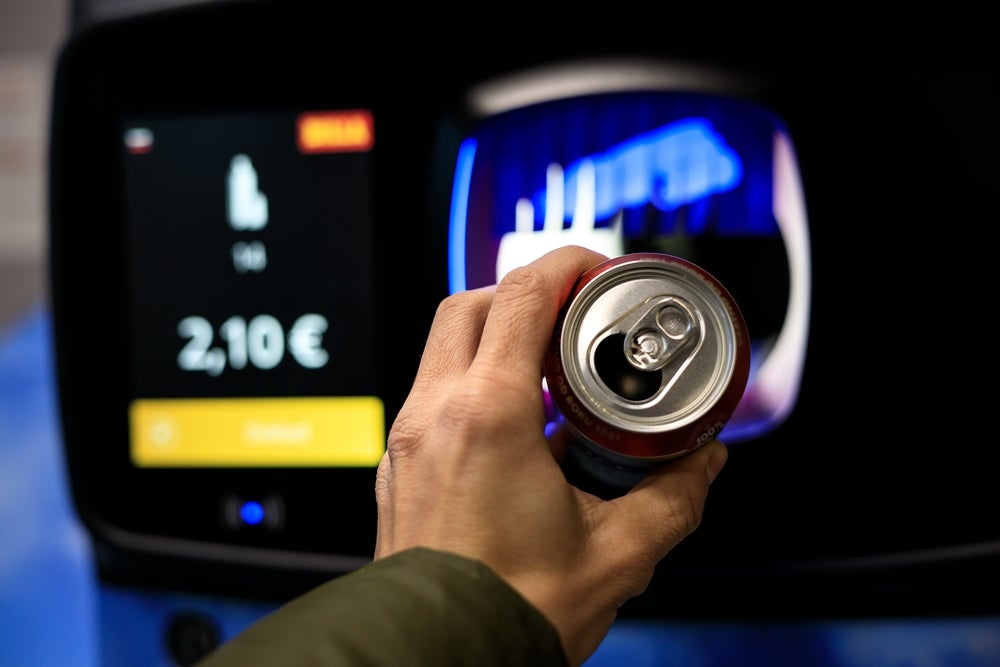A new guidebook has been launched in Europe to help countries improve recycling of drink containers like plastic bottles and cans.
The Deposit Return Scheme (DRS) Playbook, published by Natural Mineral Waters Europe and UNESDA Soft Drinks Europe, gives practical advice on how governments can set up and run deposit return schemes.
The timing is important: the European Union (EU) has introduced stricter packaging and recycling rules, and countries now need to collect 90% of plastic bottles by 2029.
What’s changing in EU recycling rules?
The EU’s new Packaging and Packaging Waste Regulation (PPWR), which came into force in February 2025, replaces older packaging laws. Its goals are:
- Make all packaging recyclable or reusable by 2030.
- Increase the amount of recycled material in packaging.
- Reduce harmful substances.
- Cut down overall packaging waste.
These rules build on the Single-Use Plastics Directive, which requires countries to collect 77% of plastic bottles by 2025, rising to 90% by 2029.
The new regulation also includes metal cans in these targets and introduces clearer rules on labelling, reuse systems, and recycled content.
How deposit return schemes work
In a DRS, consumers pay a small deposit when buying a drink in a bottle or can. They get the money back when they return the empty container to a collection point, such as a shop or vending machine.
The system encourages recycling and helps ensure materials are collected cleanly, so they can be turned into new bottles and cans.
What the Playbook offers
The DRS Playbook is designed to help countries build systems that are:
- Efficient and affordable to run.
- Convenient for consumers, with plenty of easy return options.
- Effective in recycling, ensuring materials can go back into new drink packaging.
The guide is based on real examples from countries that already use DRS successfully, like some Nordic nations where return rates reach around 95%.
Importantly, it does not prescribe a one-size-fits-all model but offers adaptable guidance.
Challenges ahead
Setting up a DRS is not simple. Countries must decide:
- How to fund the system – who pays for the deposits and the running costs.
- How many return points to provide, and where they should be.
- How to link the scheme with existing recycling systems.
- How to prevent fraud or losses, and make sure collected material is high quality.
Public support is also crucial: if consumers don’t find the system easy to use, return rates will stay low.
Looking forward
The launch of the DRS Playbook comes at a key moment, with many EU countries now planning or redesigning their own schemes. If widely adopted, it could speed up progress toward meeting the EU’s ambitious recycling targets.
What remains to be seen is how each country will adapt the guidance to fit its own laws, infrastructure, and culture — and how quickly systems can be up and running before the 2029 deadline.









